
UEFI and Overclocking …
The motherboard was delivered with BIOS version 2.02.AS02.
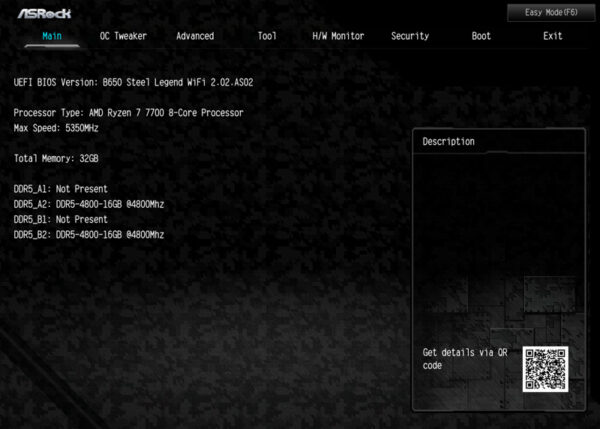
Despite the error-free detection of both the CPU and the RAM modules, we have decided to carry out a BIOS update. It is important to note that any drive encrypted with Bitlocker must be decrypted beforehand. Due to the use of the fTPM option within the CPU, this is unfortunately necessary, as there may be problems with access after the update as described.
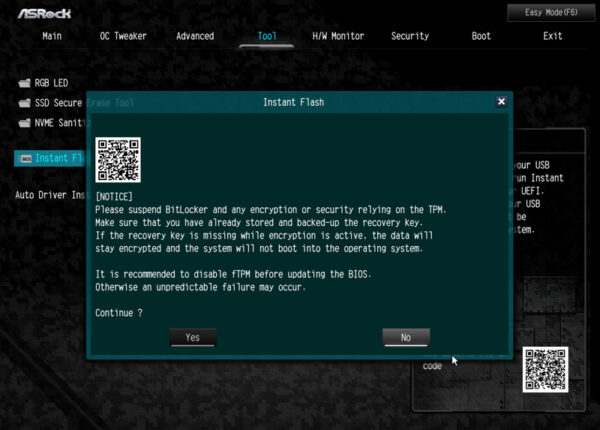
After the flash process, we now have the BIOS 2.08 and can concentrate on the other settings. The structure of the BIOS should already be well known to our readers. Let’s first take care of returning the RAM to its original frequency. The 4800 modules can reach a speed of 6000 MHz according to EXPO certification.
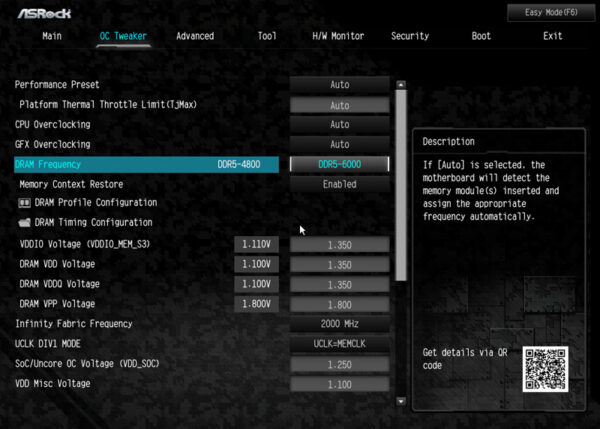
One setting has become almost mandatory for Ryzen CPUs. We are talking about the Curve Optimizer. Of course, we don’t want to break with this tradition and set the rather conservative -20 on all cores.
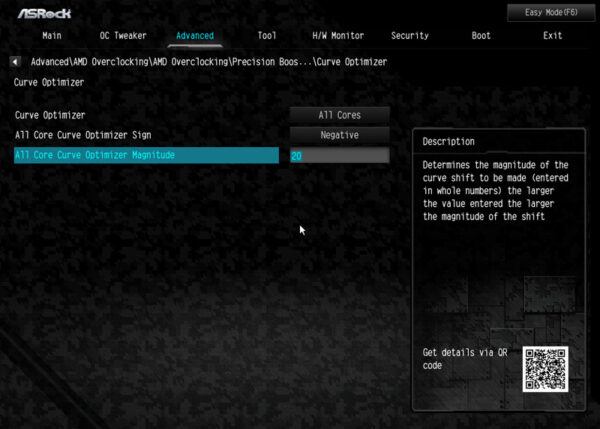
Of course, a little tuning here and there is also a must. The values are based on the previous test settings and delivered very good results.
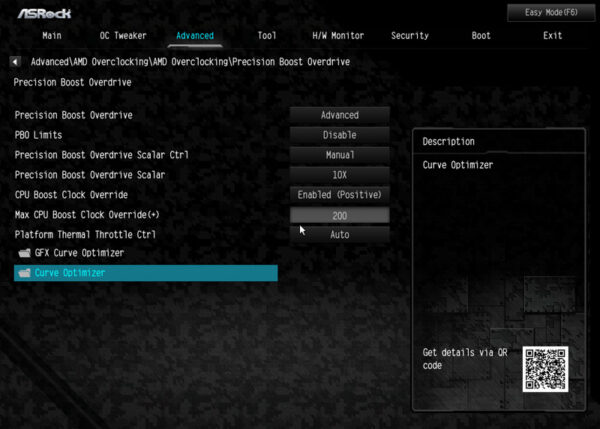
Once we have started the operating system, the Auto Driver Installer immediately switches on and automatically downloads the latest drivers for the hardware. So gone are the days when we had to install driver CDs or laboriously search for our drivers on the manufacturer’s website.

After a short installation time, all installed drivers and versions are displayed again. This is of course the stable release of the drivers that the manufacturer has for the hardware. If you want to use the latest or perhaps even BETA drivers, you should take a look at the respective manufacturer pages for the chipsets or hardware.
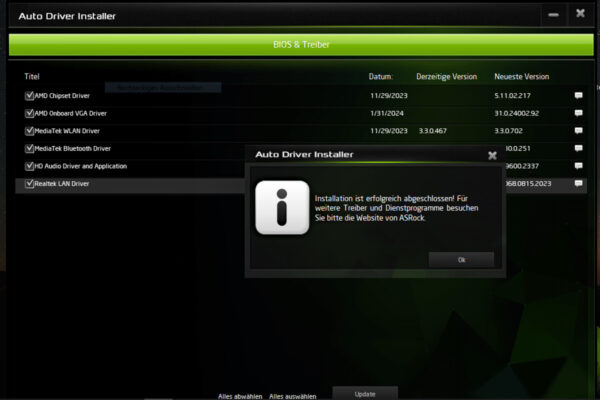
Performance …
Now we come to the performance. Although the CPU is not in the high-end range, it is more than sufficient for our application. We read the processor’s current data via CPU-Z.
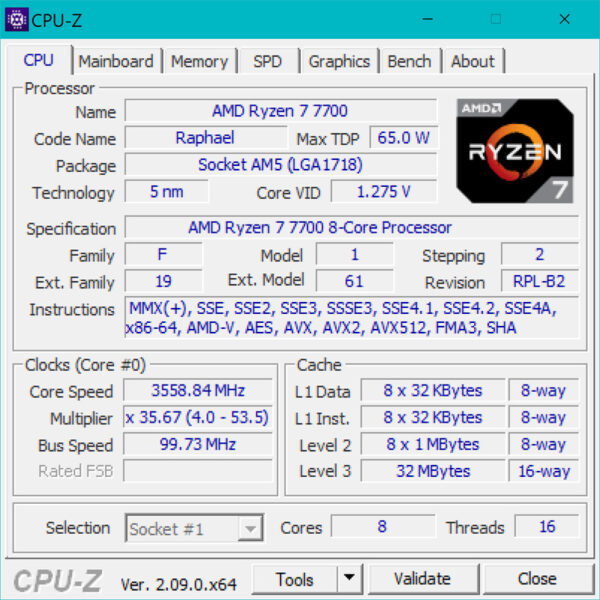
The integrated benchmark also delivers values that were to be expected.
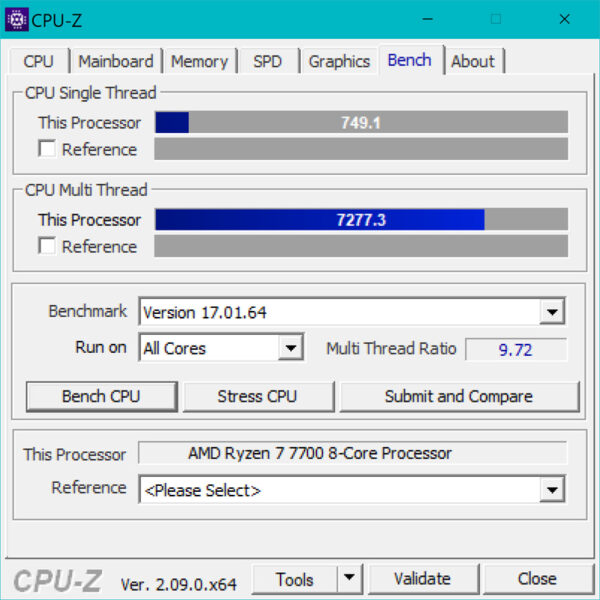
We use GPU-Z to display the details of the integrated graphics chip. The question “Will it run Crysis?” should now be sufficiently answered.
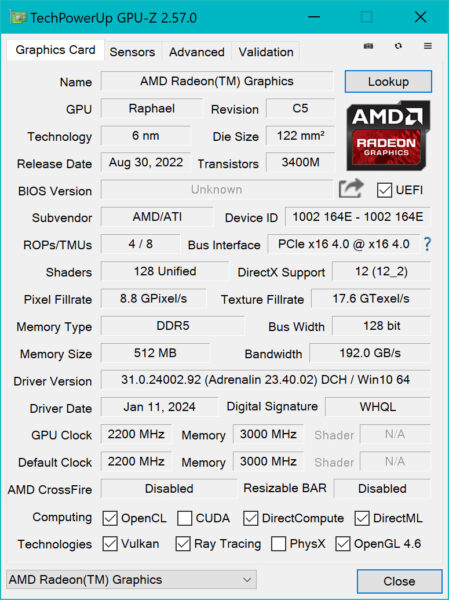
Let’s use the PCMark 10 tool to measure the general office performance of the machine.
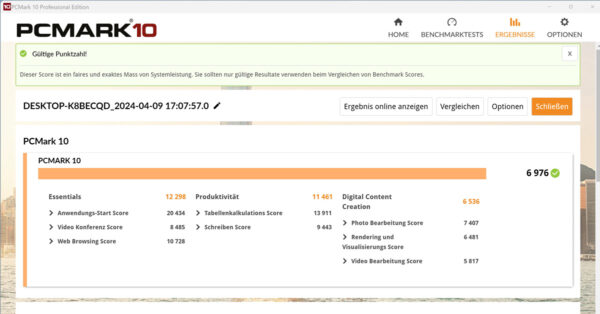
We achieve a solid 6976 points. This places us better than 82% of all the systems tested.
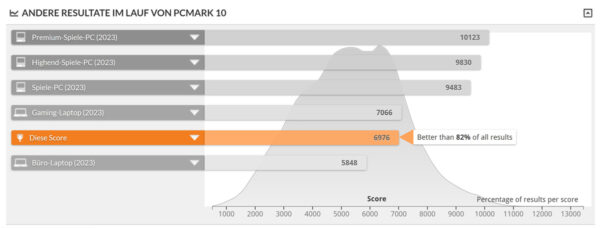
Let’s take a look at the M.2 NVME interface. As you can already read on the packaging, the board has a PCIe 5.0 M.2 slot, which theoretically enables a transfer rate of 64 GB/s. However, the value we achieve here still knocks our socks off. However, the value we achieve here still knocks our socks off.
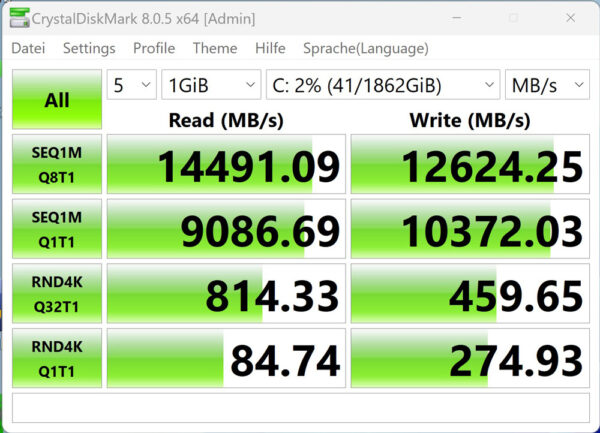
That’s an insane 14.5 GB/s read speed and just over 12.5 GB/s write speed. Some readers may be wondering which drive delivers such impressive performance. That will not be revealed in this test report. So just stick with it if you’re interested in the answer to the riddle.
ASRock B650 Steel Legend WiFi energy consumption values …

